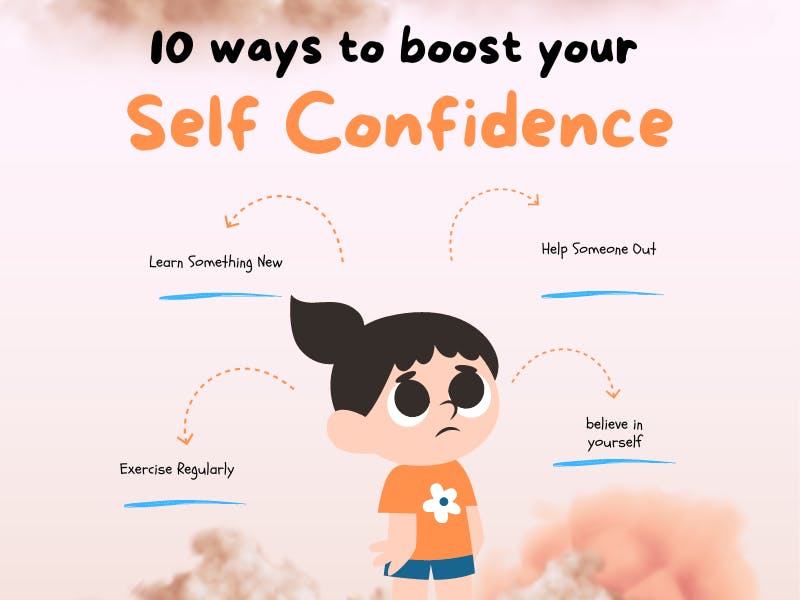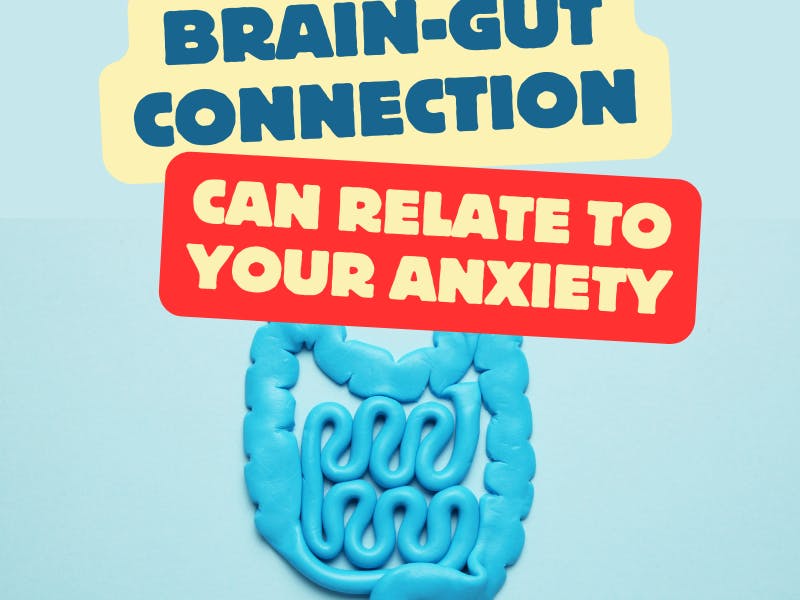
Panic attacks and panic disorder - Diagnosis and therapies
Apr 6, 2024
I. Introduction
A. Definition of Panic Attack Disorders
Panic attack disorders are a type of anxiety disorder characterized by recurrent, unexpected panic attacks. A panic attack is a sudden and intense surge of fear or discomfort that reaches its peak within minutes. These attacks are often accompanied by physical symptoms such as rapid heartbeat, shortness of breath, trembling, sweating, and a sense of impending doom. Additionally, individuals may experience psychological symptoms like intense fear of losing control, feeling detached from reality, or having a fear of dying.
B. Prevalence and Impact of Panic Attack Disorders
Panic attack disorders are more common than one might think. According to the World Health Organization (WHO), it is estimated that approximately 2-3% of the global population experiences panic attacks at some point in their lives. The prevalence may vary across different regions and age groups.
The impact of panic attack disorders can be profound and extend beyond the actual panic attacks themselves. Individuals with panic attack disorders often live in constant fear of experiencing another attack, which can lead to significant distress and disruption in their daily lives. Work productivity, social interactions, and relationships may suffer as a result of the condition. The fear of having a panic attack in public places or unfamiliar environments can also lead to avoidance behaviors, limiting one's activities and experiences.
C. Importance of Effective Therapies
Recognizing the importance of seeking effective therapies for panic attack disorders is crucial. Effective therapies can help individuals understand their symptoms, develop coping strategies, and regain control over their lives. By addressing the underlying causes and triggers of panic attacks, therapies provide individuals with the tools to manage and reduce the frequency and intensity of these attacks.
Moreover, effective therapies for panic attack disorders can significantly improve overall mental health and well-being. They empower individuals to challenge and reframe negative thought patterns, learn relaxation techniques to manage anxiety, and develop skills to cope with stressors. With the right treatment approach, individuals can experience a reduction in the severity of panic attacks, an increase in their ability to function in daily life, and an improvement in their overall quality of life.

Traditional Therapies for Panic Attack Disorders
Panic attack disorders can be effectively managed and treated through various traditional therapies. Two primary approaches commonly used are Cognitive Behavioral Therapy (CBT) and medication. Let's explore these therapies in detail:
A. Cognitive Behavioral Therapy (CBT)
Cognitive Behavioral Therapy (CBT) is a widely recognized and evidence-based therapy for panic attack disorders. It focuses on identifying and challenging negative thought patterns and beliefs that contribute to panic attacks. CBT aims to help individuals develop healthier thinking patterns and coping strategies. Here are some key aspects of CBT for panic attacks:
Overview of CBT
CBT involves a collaborative process between the individual and therapist to understand the thoughts, emotions, and behaviors associated with panic attacks. It helps individuals identify and change negative or distorted thoughts that contribute to panic attacks. CBT sessions typically involve structured discussions, homework assignments, and practical exercises.
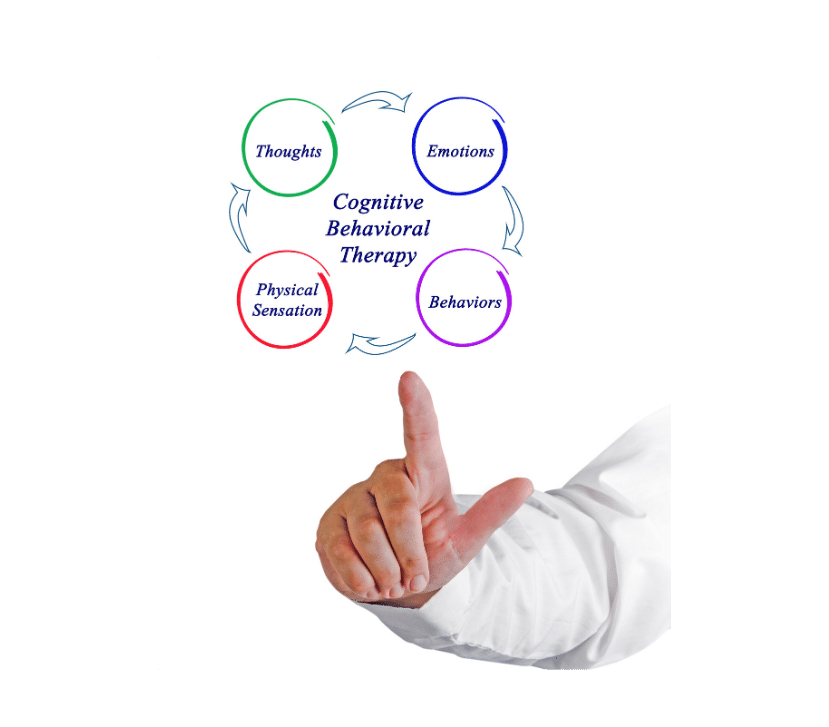
Techniques used in CBT for Panic Attacks
Cognitive Restructuring: This technique involves identifying and challenging irrational or negative thoughts related to panic attacks. Individuals learn to replace these thoughts with more realistic and positive ones.b. Exposure Therapy: Exposure therapy gradually exposes individuals to situations or triggers that provoke panic attacks in a controlled and safe manner. This helps individuals confront their fears and learn that the feared outcomes are unlikely to occur.c. Relaxation Techniques: Learning relaxation techniques, such as deep breathing exercises, progressive muscle relaxation, and mindfulness meditation, can help individuals manage anxiety and reduce the physical symptoms associated with panic attacks.d. Mindfulness-based Interventions: Mindfulness practices, such as focused attention and non-judgmental awareness of present moment experiences, can help individuals develop a greater sense of calm and reduce anxiety.
Effectiveness of CBT in Panic Attack Disorders
Numerous studies have demonstrated the effectiveness of CBT in reducing the frequency and severity of panic attacks, as well as improving overall functioning and quality of life. CBT equips individuals with long-term coping skills that can be applied beyond therapy sessions, promoting lasting recovery.B. Medications for Panic Attack DisordersMedications can be prescribed to individuals with panic attack disorders, particularly if symptoms are severe or significantly impact daily functioning. The following types of medications are commonly used:
Antidepressants
Selective Serotonin Reuptake Inhibitors (SSRIs): SSRIs, such as sertraline and fluoxetine, are commonly prescribed to manage panic attacks. They work by increasing serotonin levels in the brain, which can help regulate mood and reduce anxiety.b. Serotonin-Norepinephrine Reuptake Inhibitors (SNRIs): SNRIs, like venlafaxine, also increase serotonin levels and additionally target norepinephrine. These medications can be effective in treating panic attacks and other anxiety symptoms.c. Benzodiazepines: Benzodiazepines, such as alprazolam and clonazepam, are fast-acting medications that can provide immediate relief during panic attacks. However, they are typically prescribed for short-term use due to the risk of dependence and other side effects.
Effectiveness and Side Effects of Medications
Medications can help reduce the frequency and intensity of panic attacks, but they may not be a long-term solution. Side effects may vary depending on the medication, and individuals should work closely with their healthcare provider to find the most suitable option. Medications are often used in conjunction with therapy to achieve the best outcomes.
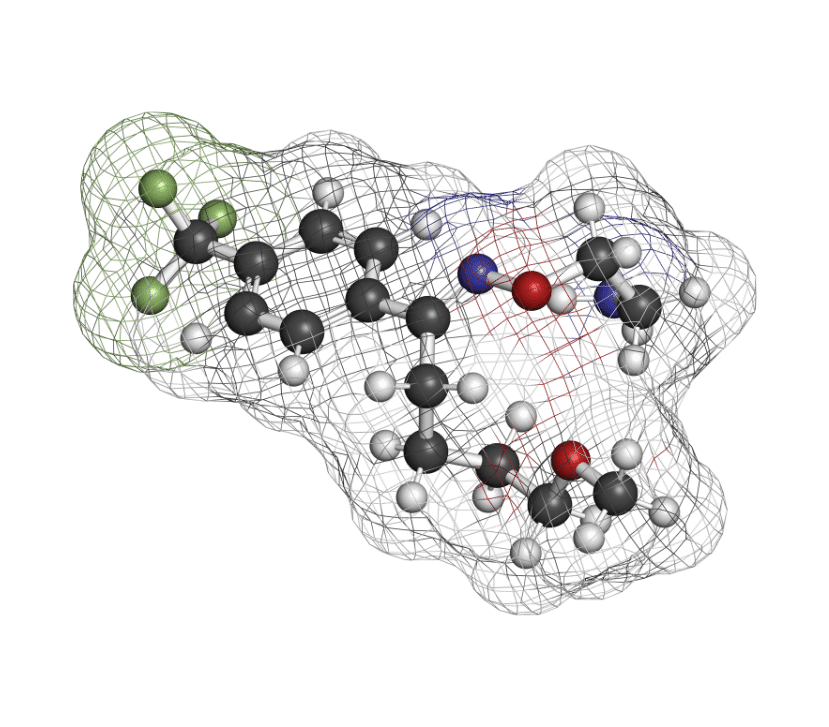
C. Combination Therapy:
CBT and Medication Combining CBT with medication can be an effective approach for managing panic attack disorders. CBT helps individuals develop coping strategies and address underlying thought patterns, while medication can provide short-term relief and aid in symptom management.
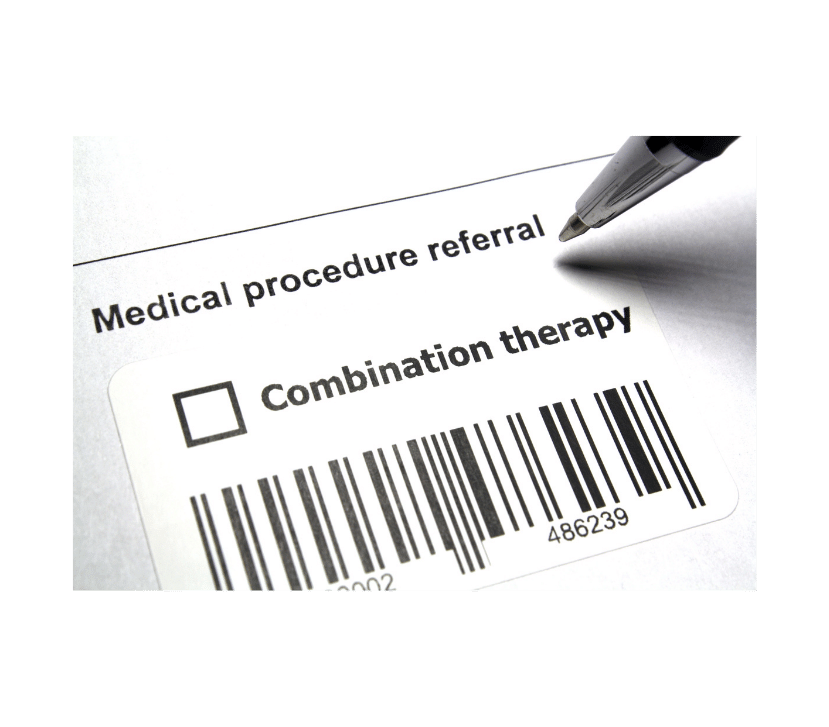
V. Alternative and Complementary Therapies for Panic Attack Disorders
In addition to traditional therapies, there are alternative and complementary approaches that can be explored for managing panic attack disorders. While these therapies may not replace conventional treatments, they can be used as adjuncts or in cases where individuals prefer a more holistic approach. Here are some alternative and complementary therapies that have shown promise in the treatment of panic attack disorders:
A. Acceptance and Commitment Therapy (ACT)
Acceptance and Commitment Therapy (ACT) is a form of psychotherapy that focuses on accepting distressing thoughts and emotions while committing to actions that align with personal values. Key components of ACT for panic attack disorders include:
- Mindfulness: ACT emphasizes the practice of mindfulness to develop a non-judgmental awareness of thoughts, emotions, and bodily sensations associated with panic attacks. This helps individuals create distance from their anxious thoughts and reduce their impact.
- Acceptance: ACT encourages individuals to accept their anxious thoughts and feelings rather than trying to suppress or control them. By accepting these experiences, individuals can reduce the struggle with anxiety and focus on what truly matters in their lives.
- Values-based Action: ACT helps individuals identify their core values and take actions aligned with those values, even in the presence of anxiety. This approach fosters a sense of purpose and fulfillment, which can reduce the impact of panic attacks.B. Dialectical Behavior Therapy (DBT)Dialectical Behavior Therapy (DBT) is a comprehensive treatment that combines elements of cognitive-behavioral therapy, mindfulness, and acceptance-based strategies. While originally developed for borderline personality disorder, DBT has shown efficacy in treating various mental health conditions, including panic attack disorders. Key components of DBT for panic attacks include:
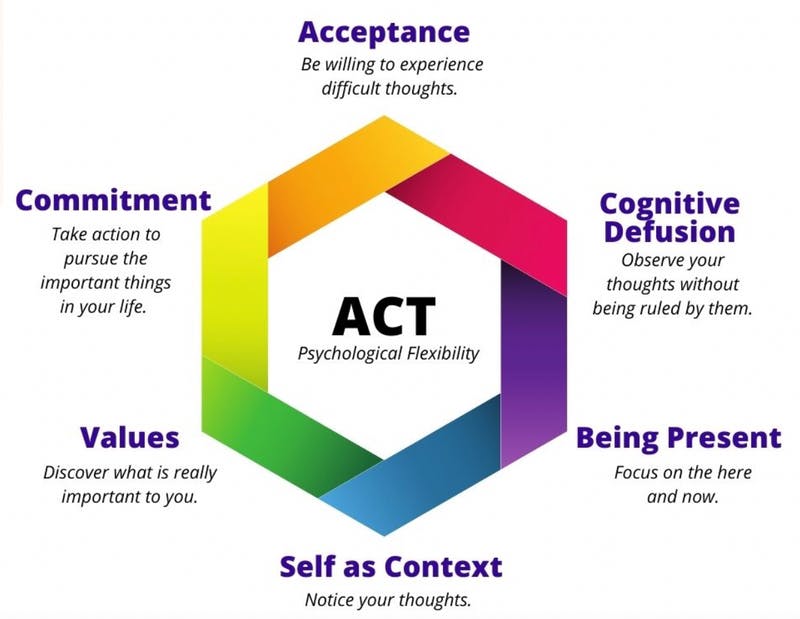
- Emotion Regulation: DBT focuses on teaching individuals skills for managing and regulating intense emotions. This can be particularly beneficial for individuals with panic attack disorders who may experience heightened emotional reactivity.
- Distress Tolerance: DBT emphasizes developing skills to tolerate distress and uncomfortable emotions without engaging in harmful or avoidant behaviors. These skills can help individuals better cope with the distress associated with panic attacks.
- Interpersonal Effectiveness: DBT includes training in effective communication and relationship-building skills, which can help individuals improve their support networks and reduce the impact of panic attacks on interpersonal relationships.C. Eye Movement Desensitization and Reprocessing (EMDR)Eye Movement Desensitization and Reprocessing (EMDR) is a therapy primarily used to treat post-traumatic stress disorder (PTSD). However, it has also shown promise in the treatment of panic attack disorders. Key components of EMDR for panic attacks include:
- Bilateral Stimulation: EMDR involves the use of bilateral stimulation, which can be achieved through eye movements, tapping, or auditory cues. This technique aims to facilitate the processing and integration of distressing memories and emotions.
- Cognitive Restructuring: EMDR incorporates elements of cognitive restructuring to help individuals identify and challenge negative thoughts and beliefs associated with panic attacks. By reprocessing these thoughts, individuals can experience a reduction in the intensity and frequency of panic attacks.D. Yoga and MeditationYoga and meditation practices have been found to be beneficial for managing anxiety and stress, which are often associated with panic attack disorders. These practices offer a holistic approach that combines physical movement, breath control, and mindfulness. Key components of yoga and meditation for panic attacks include:
- Physical Postures (Asanas): Yoga postures can help release tension, improve flexibility, and promote overall physical well-being. Engaging in a regular yoga practice can support relaxation and reduce physiological symptoms associated with panic attacks.
- Breathing Techniques (Pranayama): Various breathing techniques, such as deep abdominal breathing, alternate nostril breathing, and the 4-7-8 technique, can help calm the nervous system, reduce anxiety, and promote a sense of relaxation.
V. Lifestyle Modifications and Self-Care Strategies for Panic Attack Disorders
In addition to therapy and medication, there are several lifestyle modifications and self-care strategies that individuals with panic attack disorders can incorporate into their daily lives to manage their symptoms and promote overall well-being. These strategies can complement traditional therapies and help individuals regain a sense of control over their lives. Here are some key lifestyle modifications and self-care strategies for managing panic attack disorders:
A. Regular Exercise
Engaging in regular physical exercise has been shown to have numerous benefits for mental health, including reducing anxiety and stress levels. Exercise helps release endorphins, which are natural mood-boosting chemicals in the brain. Incorporating activities such as walking, jogging, swimming, yoga, or any other form of exercise that one enjoys can help reduce the frequency and intensity of panic attacks.

B. Healthy Sleep Habits
Maintaining a regular sleep schedule and practicing good sleep hygiene can significantly impact overall well-being. Getting enough quality sleep is essential for managing anxiety and stress levels. Establishing a relaxing bedtime routine, creating a comfortable sleep environment, and avoiding stimulating activities before bed can promote better sleep quality and reduce the likelihood of panic attacks.
C. Stress Management Techniques
Learning and implementing stress management techniques can be beneficial for individuals with panic attack disorders. Techniques such as deep breathing exercises, progressive muscle relaxation, guided imagery, or engaging in activities like journaling, listening to calming music, or spending time in nature can help reduce stress and promote relaxation. Experimenting with different techniques and finding what works best for each individual is key.

D. Healthy Diet
Eating a balanced and nutritious diet can contribute to overall well-being and help manage anxiety symptoms. Avoiding excessive caffeine and alcohol intake, as they can exacerbate anxiety, is recommended. Incorporating foods rich in omega-3 fatty acids, such as fish, nuts, and seeds, as well as fruits, vegetables, whole grains, and lean proteins can support optimal brain function and promote a sense of well-being.
E. Limiting Triggers and Practicing Self-Care
Identifying triggers that may provoke panic attacks and taking steps to limit exposure to them can be helpful. This may involve avoiding specific situations, environments, or substances that contribute to anxiety. Additionally, prioritizing self-care activities such as engaging in hobbies, spending time with loved ones, practicing relaxation techniques, or indulging in activities that bring joy and fulfillment can help reduce stress and improve overall mental well-being.
F. Seeking Support and Building a Support Network
It is essential for individuals with panic attack disorders to seek support and build a network of understanding and supportive individuals. This can include family, friends, support groups, or seeking professional help from therapists or counselors. Having a support system can provide reassurance, understanding, and encouragement during difficult times and can contribute to a sense of connectedness and resilience.
Incorporating these lifestyle modifications and self-care strategies into one's daily routine can have a positive impact on managing panic attack disorders. It is important to remember that what works for one person may not work for another, so it is essential to explore and find the strategies that resonate best with each individual. With consistency and commitment, these strategies can contribute to a healthier and more balanced life.
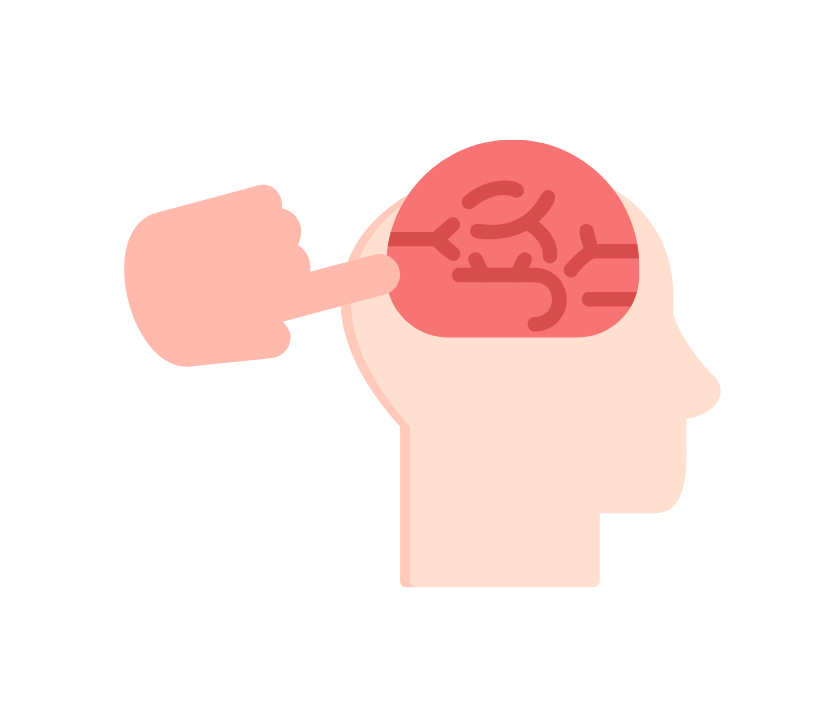
VII. Emerging Therapies and Research for Panic Attack Disorders
Panic attack disorders can be challenging to treat, but advancements in therapy and ongoing research offer hope for more effective treatment options. In recent years, several emerging therapies have shown promise in managing and reducing symptoms of panic attacks. Additionally, ongoing research is exploring new approaches to better understand and treat this condition. Let's explore some of these emerging therapies and current research efforts.
A. Virtual Reality Therapy
Virtual Reality (VR) therapy is an innovative approach that uses immersive technology to simulate real-life situations in a controlled environment. It has shown promise in the treatment of panic attack disorders by exposing individuals to anxiety-provoking scenarios and helping them gradually confront their fears. VR therapy allows therapists to create a safe and controlled environment for individuals to practice relaxation techniques and learn coping strategies. Early studies suggest that VR therapy can effectively reduce anxiety and panic symptoms, offering a promising avenue for treatment.
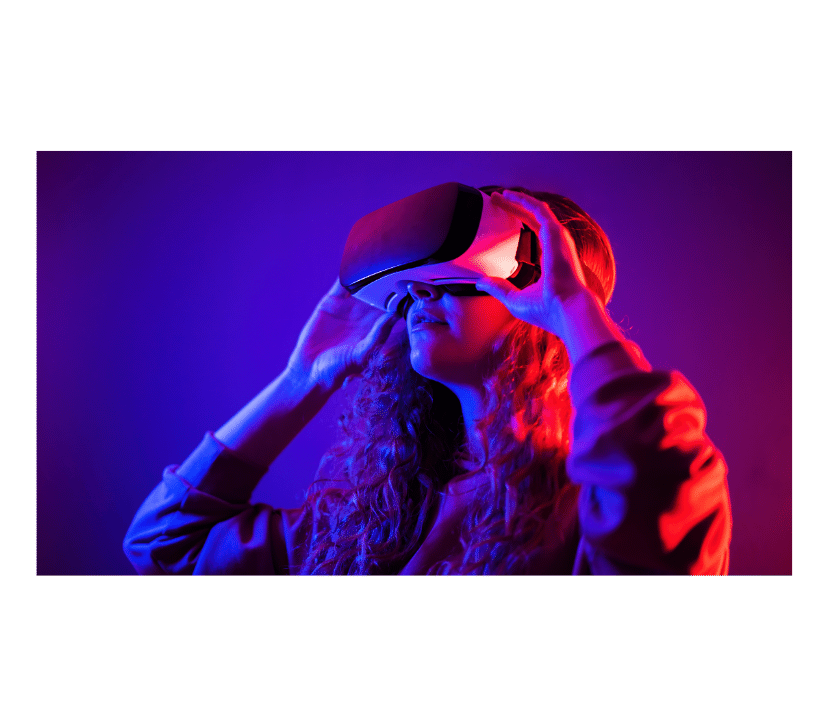
B. Transcranial Magnetic Stimulation (TMS)
Transcranial Magnetic Stimulation (TMS) is a non-invasive procedure that uses magnetic fields to stimulate specific regions of the brain. It has gained attention as a potential treatment for various mental health disorders, including panic attack disorders. TMS works by targeting and modulating neural circuits involved in anxiety regulation. Preliminary studies have shown promising results in reducing panic symptoms and improving overall well-being. However, more research is needed to fully understand the long-term effects and optimal application of TMS in treating panic attacks.
C. Ketamine Infusion Therapy
Ketamine, primarily known as an anesthetic, has also shown potential as a treatment for panic attack disorders. Ketamine infusion therapy involves administering a low dose of ketamine intravenously under medical supervision. It is believed to work by modulating glutamate receptors in the brain, leading to rapid relief of symptoms. While research is still ongoing, early studies suggest that ketamine infusion therapy may provide immediate and significant reduction in panic symptoms, making it a promising option for individuals who do not respond to traditional treatments. However, more research is needed to determine its long-term efficacy and safety.
D. Current Research and Promising Approaches
In addition to the emerging therapies mentioned above, ongoing research is exploring various approaches to better understand and treat panic attack disorders. Some areas of current research include:
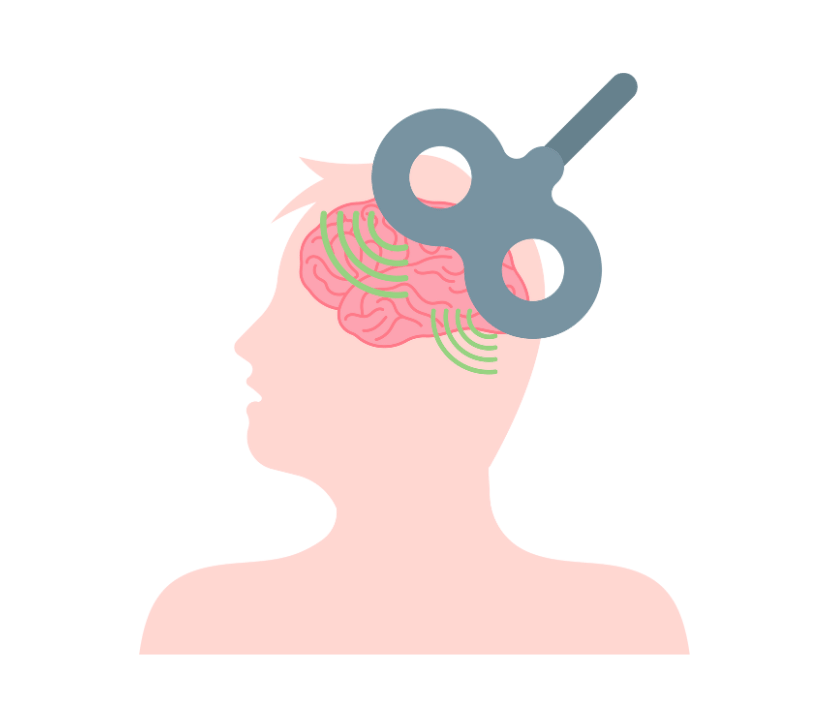

- Neuroimaging: Advances in neuroimaging techniques, such as functional magnetic resonance imaging (fMRI) and positron emission tomography (PET), are helping researchers gain insights into the neural mechanisms underlying panic attacks. This knowledge can potentially lead to more targeted and effective treatments.
- Cognitive Behavioral Therapy (CBT): CBT is a well-established therapy for panic attack disorders. Ongoing research aims to refine and optimize CBT techniques to improve outcomes and develop tailored interventions for specific subtypes of panic attacks.
- Pharmacological interventions: Researchers are studying new medications and combinations of existing drugs to better manage panic attack symptoms. This includes exploring the potential benefits of novel compounds that target specific neurotransmitters involved in panic regulation.
- Mindfulness and relaxation techniques: Research is examining the effectiveness of mindfulness-based interventions and relaxation techniques, such as yoga and meditation, in reducing panic symptoms and improving overall well-being.
Conclusion
This post covers various aspects of effective therapies for panic attack disorders, including traditional therapies, alternative and complementary approaches, self-help strategies, seeking professional help, and emerging therapies. It provides a thorough understanding of panic attack disorders, their symptoms, causes, and risk factors, as well as addresses common questions and concerns individuals may have when seeking treatment.
